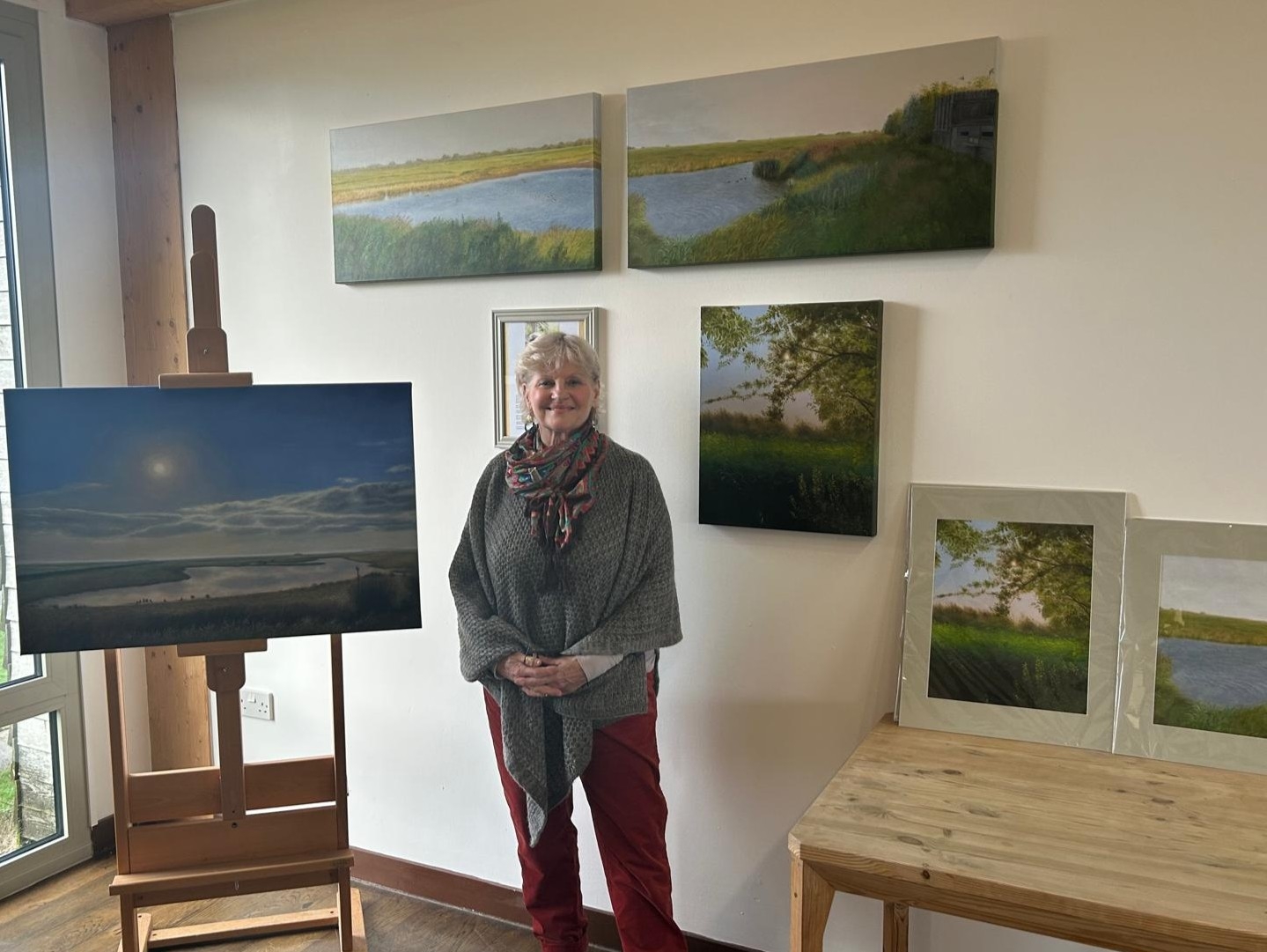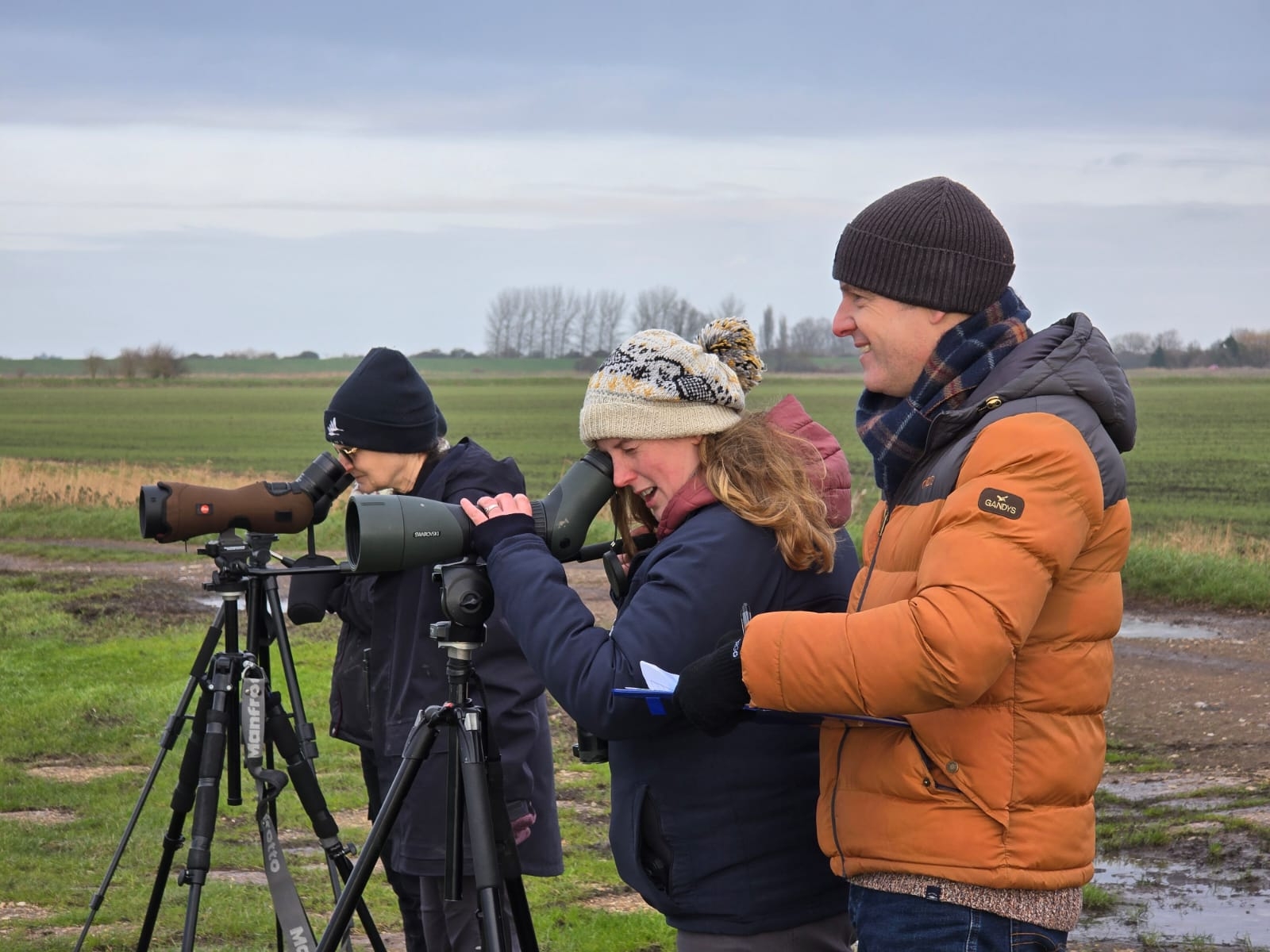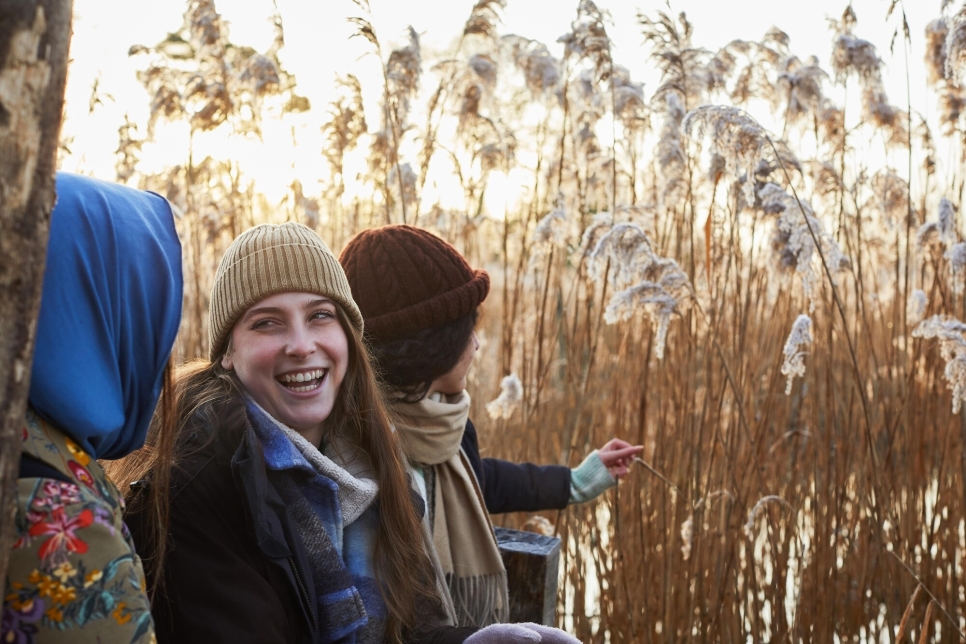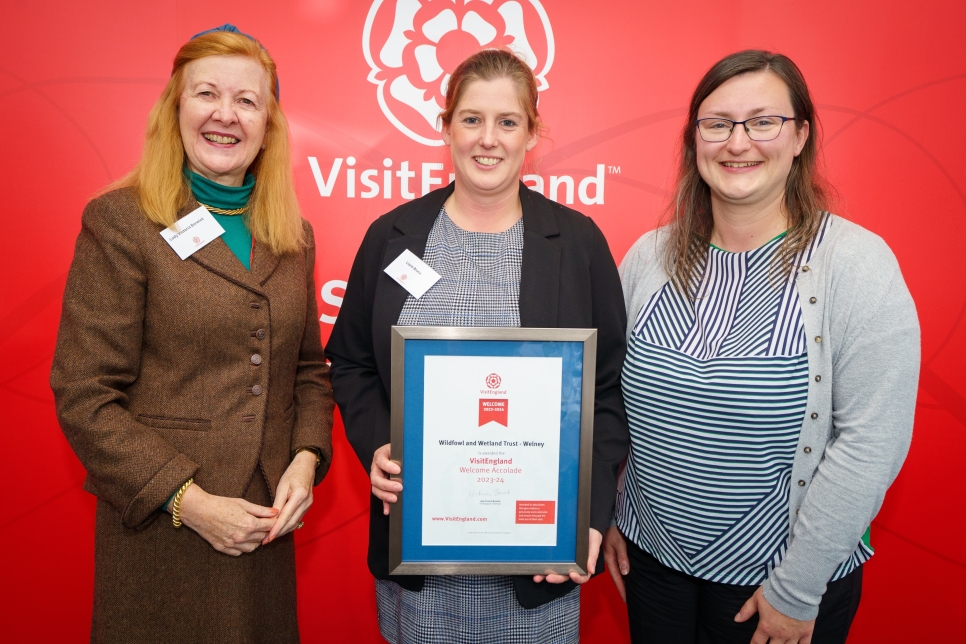Spring wildlife update – wetland highs and lows
Breeding season is always a tense time, months of hard work getting the habitat just right, but what will the rewards be this year? Here is a roundup of the season so far.
Following on from very dry conditions in March and April, heavy downpours and several days of constant rain in May have presented challenges for our breeding birds. The birds have had to keep eggs and chicks warm during cooler weather as well as sheltered from rainfall – a feat they do with their own bodies. The heavy rainfall earlier in the month in the Fens, and more importantly further upstream has resulted in water coming onto the washes, and so the challenges continue. Currently you can see standing water on the washes of the far side of the reserve from the summer walk to the main lagoon and from Nelson-Lyle to Friends hide, the ditches throughout these washes are brim full, as are the pools in front of the hides. There is still islands and higher ground in the washes nearest the hides available to those birds who have already hatched their chicks, but water levels are still creeping up at Welney.
When water overwhelms us
Sadly the RSPB end of the Ouse Washes have borne the brunt of the incoming water so far with their reserve flooded across the width of the washes, losing most of the ground nesting breeders – reports of snipe drumming over farmland indicate birds that have lost their first clutch of eggs and cannot find available wetlands on which to try again, so are forced onto less favourable land. This situation is now being seen across our part of the Ouse Washes too. The team had carried out the second breeding bird survey prior to the water levels increasing across the back washes, which gives us records of what the losses might be from this flood event. Any ducks and wading birds that were still sat on eggs will have had their clutches washed away. Those who have managed to hatch young will be guiding them to higher ground, or maybe even tasking their young chicks with crossing the Hundred Foot Drain and road to get to the Lady Fen wetlands, which are not affected by the flooding. Birds like yellow wagtail, meadow pipit, skylark and corn bunting will have lost any eggs or pre-fledged chicks as they are not able to escape the encroaching water.
Wildlife highlights

Avocet and chick by Kim Tarsey
On a more positive note, we do have some good wader news as early breeders have already hatched young, broods of lapwing and redshank have been recorded across the reserve for a few weeks now. More recently, avocet and black-tailed godwit pairs have hatched young which is brilliant news. So far we have five broods of black-tailed godwits chicks, which is incredible. The oldest chicks are now over two weeks old and have been colour ringed this week. The pair from the main lagoon hatched four chicks and have moved them into nearby washes, of the two pairs at Nelson-Lyle hide, one set have hatched and fingers crossed the second clutch will hatch before the water levels reach them. Any birds that have nested on Lady Fen are not affected by the flooding on the Ouse Washes, but may have to share space with any that move from the Washes to this area of wetland.

Great white egret in flight by Simon Royal
Elsewhere visitors have reported seeing up to six great white egret at a time (some in breeding plumage with dark bills), garganey have been sighted from the hides and house martins and swallows have begun nesting around the main observatory. We still have tree sparrows around the visitor centre but it is not looking like a good breeding year for them, any nest boxes that are occupied are mostly great tit and blue tit. We have had the first corncrake back at Welney calling along the summer walk. Regular sights and sounds also include bittern, cuckoo, crane, common tern, sedge warbler, reed warbler and little ringed plover.

House martins collecting mud by Nigel Bell
Project Godwit update
The latest estimate suggests there are 54 pairs of breeding godwits in the Fens this year. That’s five more than last year and the highest number since 1977! 35 were counted at the Nene Washes, 13 at WWT Welney and 6 at the RSPB Pilot Project site. Nests have hatched on all sites now and the researchers are busy tracking the chicks. At Welney, the oldest chicks have been colour-ringed, including the chicks of Benwick and Rainbow – both headstarted birds themselves. In total, 36 headstarted birds have been seen at breeding sites. That’s four more than this time last year, and there’s still time for more to be seen. Every year at least a few are usually spotted for the first time in June. Excitingly, five geolocators have been retrieved in the last week, from adults caught at all three project sites. We now have enough (13 in total) to compare the migration of wild-reared birds and headstarted birds – though we don’t expect there to be a difference! In total, 47 eggs were collected for headstarting and about three quarters of these have hatched. The team already has 34 chicks outside in the rearing aviaries. Four releases are currently being planned for throughout June, so a very busy year for the headstarting team.
Water and cows

Cattle by David Tough
It is not only disastrous for our ground nesting birds that the Ouse Washes are flooding, the herds of cattle currently on site are being carefully managed so that they have enough grazing along the sections of river bank. No additional herds can be brought on until water levels stop increasing on the washes and start to retreat. Careful management of the Lady Fen wetlands is also needed to make sure that any herds added here are not in areas with high densities of nests – or where birds may be thinking about trying to relay if they have lost first clutches of eggs due to flooding on the washes. Less available wetland habitat means that what there is has the challenge of meeting many needs.
Support for wetlands and wetlands supporting us
Despite the water levels increasing across the reserve we are still open to visitors, there is much to see from the hides and along the footpaths – encounters with shelduck ducklings and wader chicks can happen in the most unlikely of places. There are also swathes of wetland wildflowers starting to bloom and now that the weather is warmer and sunny insects are more evident. Look out for orange-tip butterflies at the end of May, shortly to be followed by the first species of dragonfly and damselfly emerging whilst caterpillars, beetles and many more can be found by looking amongst the vegetation. We look forward to welcoming you soon.

Orange-tip butterfly by Kim Tarsey
We look forward to bringing you further updates soon, from the Welney Team
Book your visit


